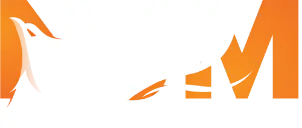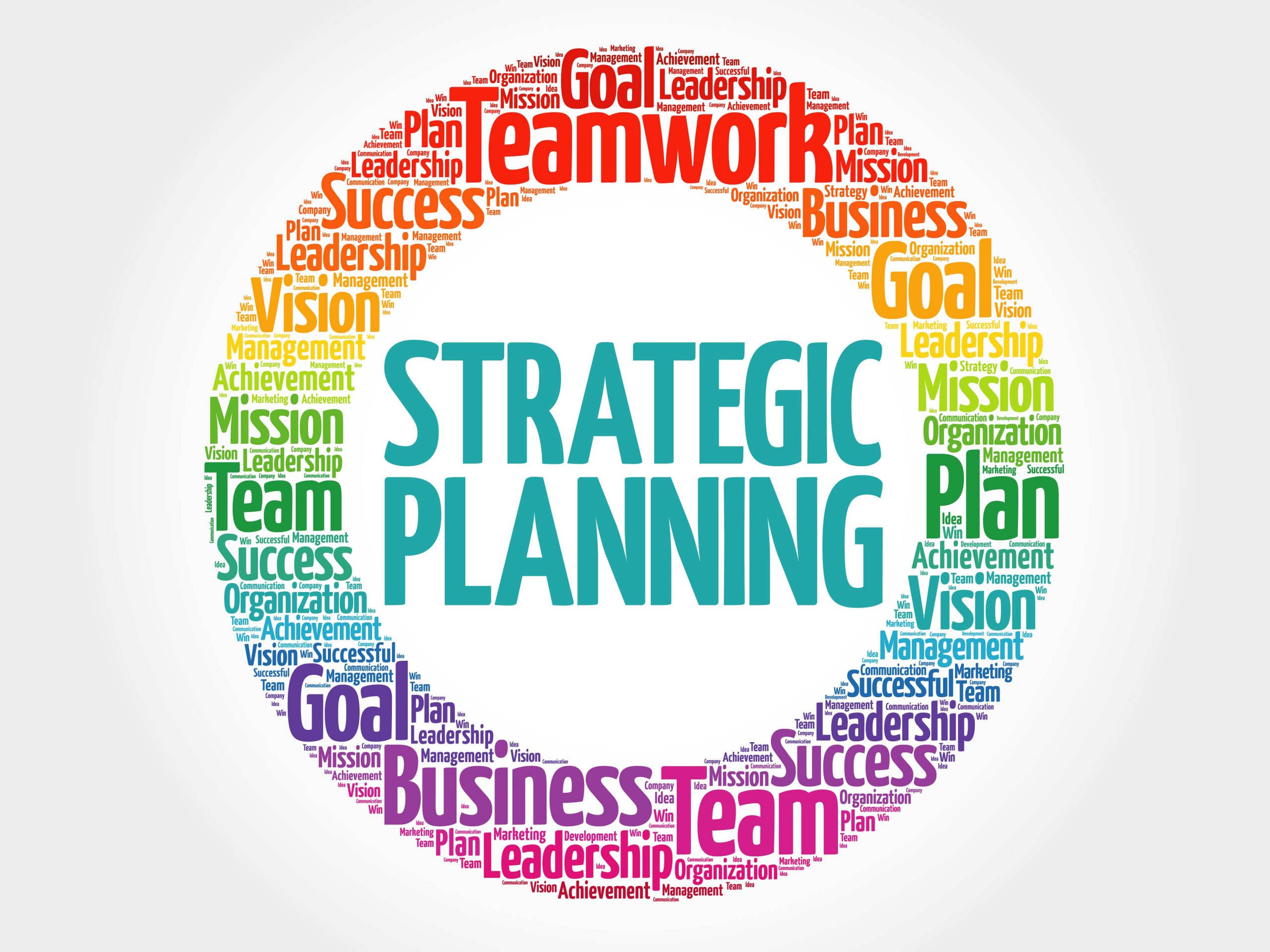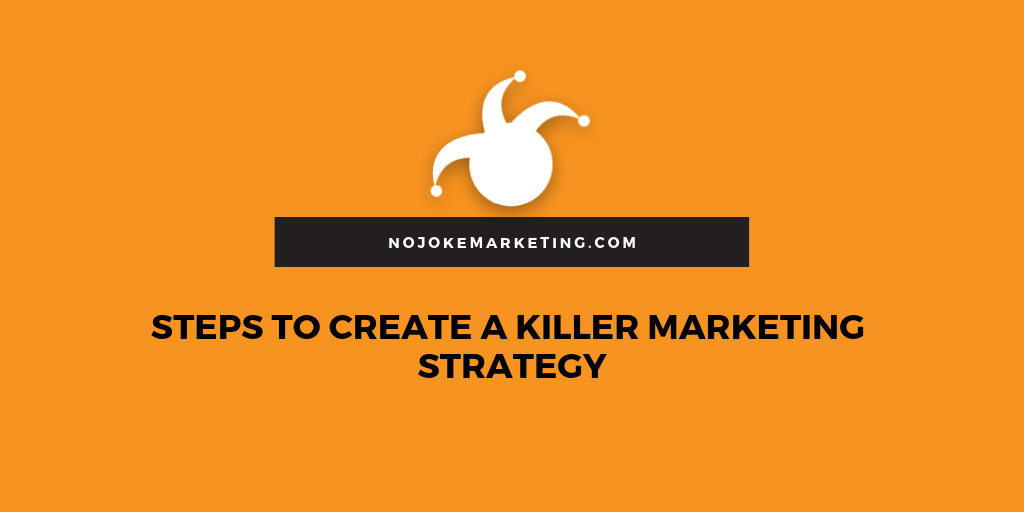Today’s topic is all about planning.
Recently, I’ve been getting a lot of questions around planning, and I wanted to go into a few different areas that correlate back to this topic.
When I look at the topic of planning, there are lots of different types of plans that you can execute. I’m going to give you what I have found to be the most valuable types of plans that can really get your business moving in the right direction.
What I’d like to see you tackle first is more of a long-range plan that is focused around the vision that you have. I like to call this document a painted picture. I did an episode all around putting together a painted picture, but essentially, this is looking out three years and starting to talk about your business as if things had already happened. What is your revenue three years out? What are you doing in the company? How was your culture? How many employees do you have? What are your products and services? All that good stuff, but it’s written to be dare I say, more emotional. It’s also meant to be an inspiring document to just get things out of your head and to show the rest of your team. Sort of like showing them where you would love to be in three years. I highly encourage you to start with that particular document.
Now, after you have that done, I want you to consider doing a couple of different types of plans. The first one is just with everything that’s going on in this world today. Things are really fluid, they’re changing day in and day out. Putting together documents that are full-blown planning documents of what is the day by day or week by week going to look like over the next six months, it’s not really going to be that helpful. Basically, what I want you to do is to look at where you are today and I want you to look at where you want to be in the next 30 days — simply start with 30 days.
Now normally this is a financial goal, but it can be anything that you want that correlates back to your business or even your life. If your personal goals include losing some weight, getting healthier, or having more time with your family. If you look at your business, and if you did $100,000 last month, you want to get to $130,000, or whatever those goals are, you need to look at them in 30 days from today. Then what I want you to do is to start to backward plan and back yourself into how you’re going to achieve those. While the painted picture is a great document, it’s not a how-to document nor a step-by-step this is how this happened. It’s not the vision of how things look three years out but it doesn’t explain everything — that’s the missing piece to that.
However, if you start to take this in bite-sized chunks, so 30 days out, for example, you can then backward plan week by week and day by day the activities that you’re going to need to execute in order to hit those goals. If you want to get a website project done, what are you going to have to do day by day, week by week? And it allows you to start to see this really becoming a reality.
When the brain is able to see things in bite-sized chunks, it just starts to make it a little bit easier to accomplish, but then it also allows you to start to see if you are executing the activities that you need to hit those goals. From there, you would see if it’s going to really come down to an activity-driven problem, or an activity activity-driven solution.
Did you execute the right activities to hit those goals? Did you do them enough and then you can continue to adjust and correct this plan, month after month after month. What if you didn’t hit your $130,000 objective despite the activities you had planned and execution every day like clockwork? Well, then something needs to change on the activities for next month. Everything is about at least having a long-range, visionary type of plan and then having shorter-term sprint’s 30-60-90 days on the high side that allow people to kind of see things in the here and now and it’s not just a document for you. It’s a document for your team so that they know where they should be focusing.
The last type of plan that I encourage you to consider putting together is a financial plan. This financial plan is a pretty simple document in the sense of, I want to know what are your expectations for the month in terms of your sales and expenses? How much are you going to pay yourself? How much are you setting aside for taxes or for-profit? I want you to be able to have this plan so that you know what you’re working towards. You need to be tracking these numbers and measuring because sadly, far too often business owners have their head buried in the sand when it comes to the financial numbers. Then a few months into things or a year later, they realize they haven’t been making any money or they haven’t taken a profit. They haven’t paid themselves a salary. Growth in a business does suck cash, but the business is there to serve you first. And you need to make sure that that business is taking care of you.
So I want you to put together this painted picture document — go back and really listen to that episode. The second thing I want you to do is to start to plan 30 or 60 days out from today, where do you want to be 30 to 60 days from today? Then I want you to back that into a day by day, week by week plan so that you can measure the activities against the results. Are those activities leading up to the results — yes or no? Finally, I want you to put together a financial plan so that you’re able to start to forecast out what you are going to do for the next 30 days or 60 days? What does your cash flow look like? Because I want to make sure that you do not run out of cash.
I finished interviewing 120 entrepreneurs and I submitted my master’s thesis on Sunday. Ultimately, the number one reason entrepreneurs went out of business was due to cash. The second reason was the failure to plan. That is why this planning that we just talked about is so important. Get out there, take some action.









